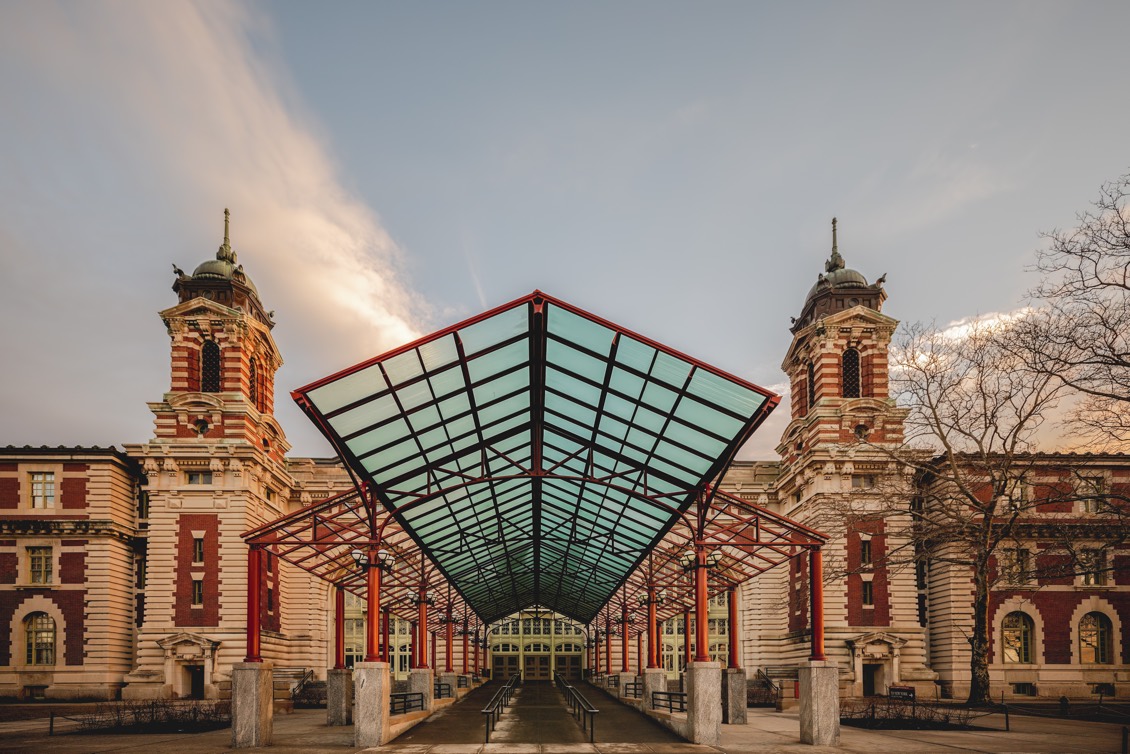

Ellis Island witnessed millions of determined dreamers take their first steps onto American soil. Known as both the Island of Hope and the Island of Tears, it symbolizes a multitude of immigrant journeys, and reflects the spirit of the American dream.
Today, the Foundation respects this sacred place by keeping the doors of Ellis Island open to new generations of seekers. Through commemoration, scholarship, and community programs, we honor the immigrant experience and memorialize the determination and resolve that powers America to this day.
After successfully restoring the Statue of Liberty for her centennial in 1986, the Foundation turned its attention to Ellis Island. Even though Ellis had become a recognized landmark in 1965, the former processing center had been ignored for years and deteriorated into a ghostly complex of abandoned buildings.
A team of architects and artisans was recruited to spearhead a restoration effort of unparalleled scale. Through careful planning, the Island’s main building was made to appear as it did during the station’s peak years from 1918 to 1924, and in 1990 the Foundation unveiled a multifaceted educational experience, The Ellis Island National Museum of Immigration (originally The Ellis Island Immigration Museum).
Since that time, the Foundation has continued to improve and expand Ellis Island’s cultural resources. We’ve rehabbed more of the island’s facilities, developed thoughtful exhibits, and helped the public connect with our ancestry through a collection of 65 million immigration records. We’ve also expanded the museum’s scope to include the entire panorama of American immigration, from this country’s earliest days right up to the present.
Today, as caretakers of a unique piece of living history, we work to bring the story of American immigration to life, and to share the complex, powerful chronicles of our national heritage.